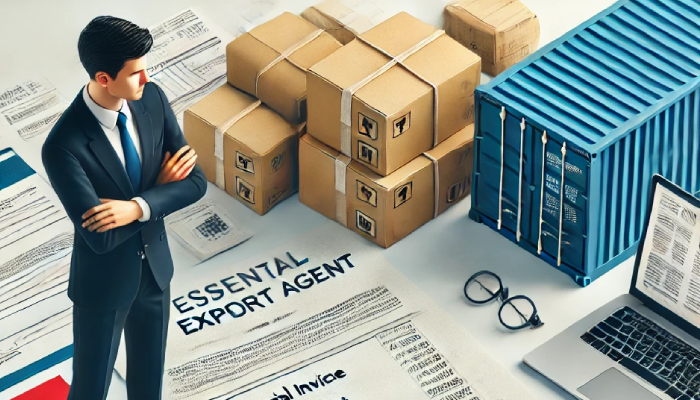Introduction:
In today’s global economy, starting an import/export business presents numerous opportunities for small and medium-sized enterprises. With the world becoming increasingly interconnected, there’s a growing demand for products from different regions. An import/export business allows you to capitalize on this demand, giving you a chance to tap into international markets and grow your business beyond borders. If you’re considering starting this exciting venture, this guide provides a comprehensive roadmap to get you started.
Step-by-Step Guide to Starting an Import/Export Business:
Step 1: Research the Market:
Before diving into the import/export business, conducting thorough market research is crucial. You need to identify profitable products, understand consumer preferences, and recognize market trends in different countries. Look for products that are in demand but have limited local supply in your target market.
Step 2: Develop a Business Plan:
A solid business plan is the foundation of a successful import/export business. Outline your business goals, target markets, product sourcing strategies, cost analysis, and marketing tactics. Include logistics planning, such as how you will handle shipping, customs clearance, and warehousing. Having a clear plan helps you stay organized and focus on growth.
Step 3: Understand Legal Requirements:
International trade involves navigating through various regulations. You need to be aware of the import/export licenses, permits, and customs duties required for trading in your chosen markets. Research the specific legal requirements of the countries you plan to operate in and ensure you have all the necessary documentation in place.
Step 4: Establish Supplier and Buyer Relationships:
Building trustworthy relationships with suppliers and buyers is key to a successful import/export business. Vet potential suppliers thoroughly to ensure product quality and reliability. Establish clear communication channels and negotiate terms that benefit both parties. Similarly, understanding your buyers’ needs and maintaining good relationships will help secure repeat business.
Step 5: Manage Logistics:
Efficient logistics management is vital to ensure your products reach their destination on time and in good condition. Choose reliable shipping methods based on your product type and customer location. Work with freight forwarders to handle customs clearance and ensure compliance with international trade regulations. You might also need to consider warehousing options to store your goods before distribution.
Tips for Success:
- Handling Exchange Rates: Exchange rate fluctuations can impact profits. Consider using financial tools like forward contracts to hedge against currency risk.
- Leveraging Technology: Utilize digital platforms for inventory management, customer communication, and order tracking to streamline your operations.
Conclusion:
Starting an import/export business can be a lucrative opportunity, but it requires careful planning and research. By following the steps outlined in this guide, you’ll be well on your way to building a successful business in the global marketplace.


